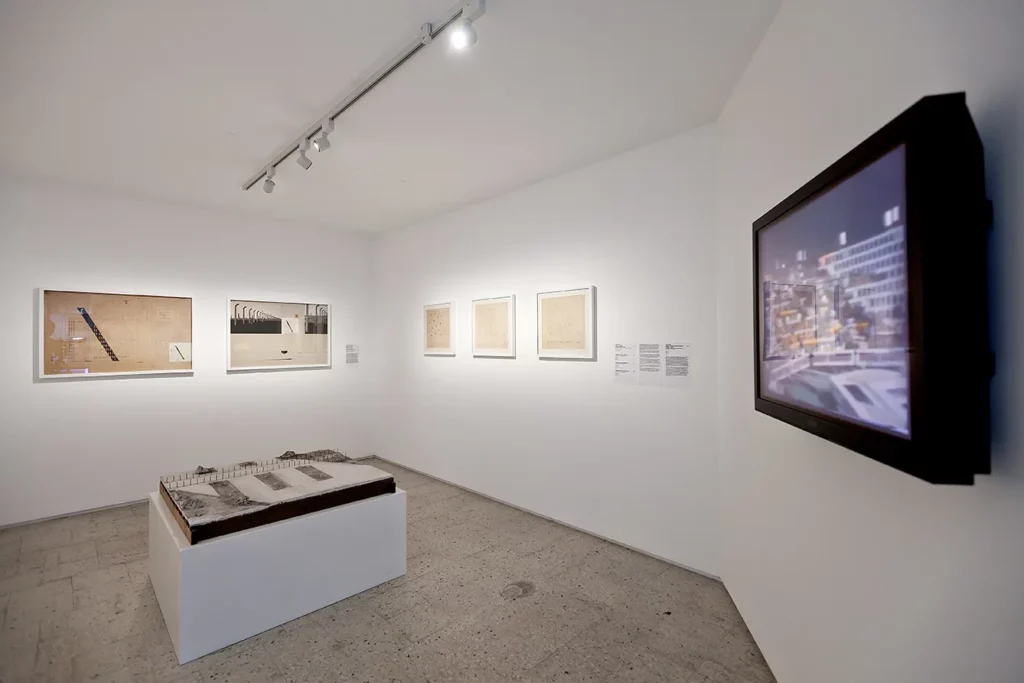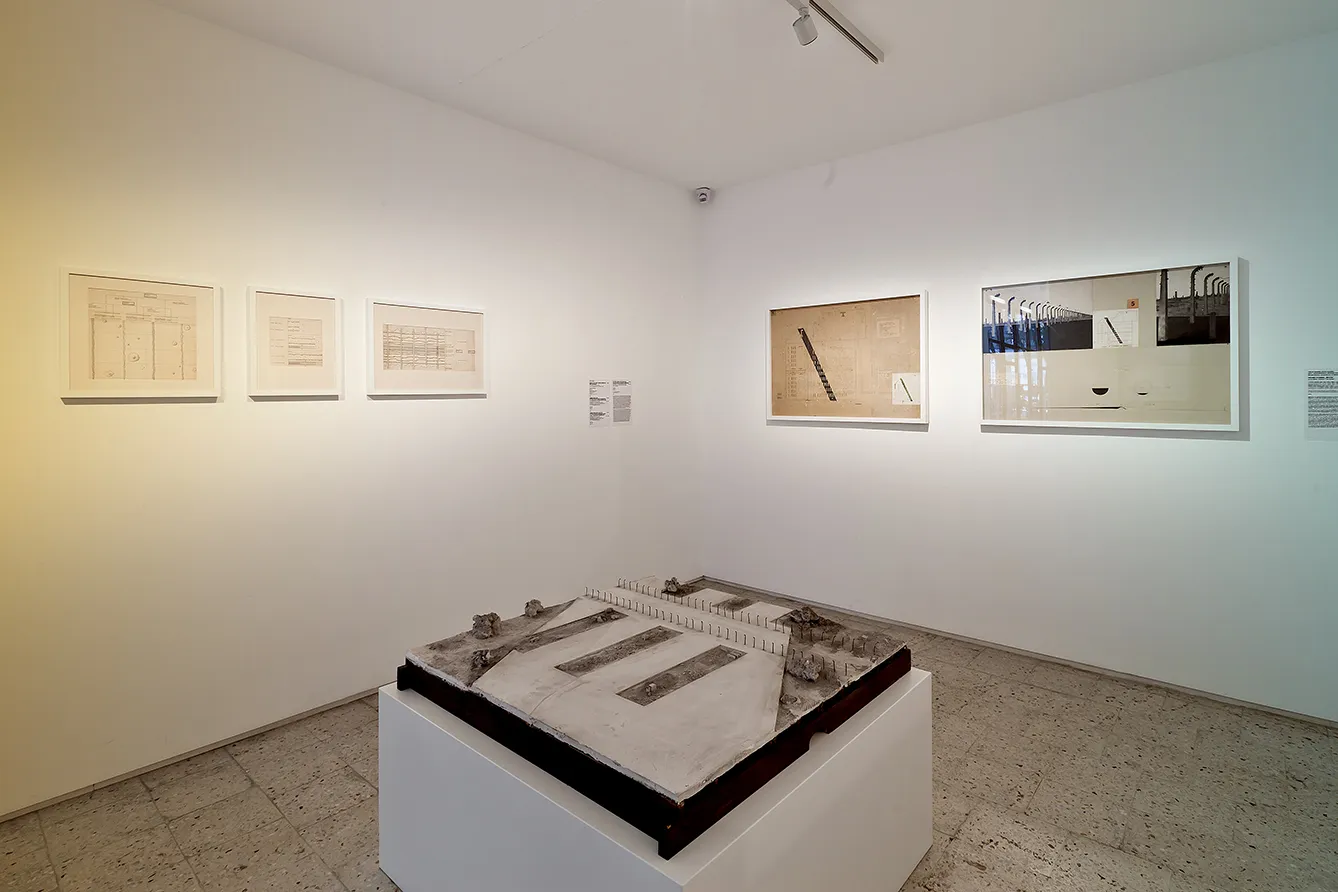Just over two years after World War II ended, and two and a half after the Auschwitz Death Camp was liberated, the Polish authorities passed a bill creating a museum in the former German death complex of Auschwitz-Birkenau, in the vicinity of one of the most important Polish cities, Kraków.
As Auschwitz, the most permanent work of German engineers of the Holocaust effort, was a site of exhibition and commemoration under the slogan of “Never Again,” the larger Birkenau, just three kilometers away, was a kind of reserve, offering the authentic feel of the tragedy of human existence degraded by Nazi genocide.
The heritage was troubling. Birkenau’s wooden barracks remained unmaintained, so they were prone to slow but inevitable destruction. Where should “Never Again” head? Polish poet Stanisław Różewicz in his 1958 poem “Leave Us Alone,” urged his audience to do just that: “Forget about us / about our generation / live like human beings (…) we envied / plants and stones / we envied dogs” (tr. by Czesław Miłosz).
On the other hand, Holocaust survivors were an international community, and the voices in commemoration of the victims were very influential. A decade after the State Museum of Auschwitz-Birkenau was created, the International Auschwitz Committee decided to erect a monument to “warn future generations” of the atrocities of the Holocaust. The planned memorial was supposed to respect the site’s nature, be clear in form and meaning, and allow the ceremonial commemoration of the victims.
How to commemorate Auschwitz-Birkenau
An international contest for the project was held, with a famous British sculptor of the era, Henry Moore, leading the jury. The artists – individually and in groups, submitted over four hundred works, out of which seven proposals were picked for further discussion. In November 1958, the winner was declared, but controversy soon arose.
One of the reasons for the controversy was a proposal submitted by Polish architects and artists, among which several were already well-known, and others soon would be. They included: Zofia and Oskar Hansen, Jerzy Jarnuszkiewicz, Julian Pałka, Lechosław Rosiński, Edmunt Kupiecki, and Tadeusz Plasota. Their project almost won, but its form was judged as too bold to win. Its scale and thought are still impressive today.
Perhaps the most influential of that team, Oskar Hansen, was a proponent of the idea of “open form” – a work that is never fully completed by its creators but is rather left to be completed by the environment, both cultural and natural, to add context and interpretation.
Their Holocaust Memorial proposal was the true materialization of the form. Attributed today to Hansen himself, the proposal was to cross out Auschwitz as a clear and almost literal way to say “Never Again.”
Their first idea was to create a monument slab, framing the menacing part of Birkenau crematories while creating a clear viewing axis of the main camp alley, perpendicular to the railway that transported prisoners for their tragic demise. The center of the monument was supposed to be an underground, roofless “sanctuary” designed to meditate over the fate of the victims. The team also called out the notion of the monument as being “too Christian,” contrary to the terms of the project, which was supposed to include the full diversity of the Nazi genocide victims.
Oskar Hansen’s Monument-Road
So, the Monument Slab turned into Monument Road. Perhaps the most radical of the projects – and maybe also the most creative – the idea was to impose a straight road, elevated a bit over the ground, running diagonally to the camp area from the guard barrack to the crematory. The main gate was to symbolically be permanently closed. The sixty-meter-wide and over-a-kilometer-long trail was supposed to conserve the remains of the camp facilities that stood in its way. The rest, everything around, was to remain in disrepair.

Hansen’s work is moving. “It was supposed to be a work of silence,” he later said. The open form was meant to facilitate spontaneous acts of remembrance: lighting candles, leaving flowers, stones, photos, and even children’s drawings on the edge of the road. It would have allowed the site to be viewed slightly above yet still among the ruins. Never touching the cursed ground with your feet. The ultimate intention was that only a trace of the camp would remain after decades, but the memorial would still act as a strong and clear line crossing out the troubling memory.
“It’s good for a poster, bad for a monument,” claimed some critics. The final version, out of three chosen for a previously unplanned third stage of the contest, won unequivocally. It was quickly protested by the International Society of Holocaust Survivors. In their opinion, it diminished their wartime experience and didn’t serve the purpose of future pilgrimage to the campsite well. It was critiqued for lack of message clarity.
Oskar Hansen was asked to consult his idea with the members of two other awarded projects. After a short meeting, he refused to work on a compromise. “The former prisoners expected a monument sculpture, failing to realize that even a grand monument makes no impression in contrast to the crematorium,” one art historian later claimed. Hansen himself referred to the final monument – Pietro Cascella’s huge sculpture of high stone blocks concluding the main axis of the camp – as commercial. He alluded that the final form was more digestible and easier to reproduce as a campsite souvenir.
The Never-again-land
Decades later, Oskar Hansen’s biographer, Filip Springer, supported the thesis. He recalled the 1996 Lego Auschwitz work by Polish artist Zbigniew Libera. Raising huge critique from all directions, Libera protested against what happened as predicted by Monument-Road supporters. He claimed Auschwitz had become a theme park, not a pilgrimage destination. Both Hansen and Libera (among others) argued that maintaining the site required macabre tasks, like restocking the prisoners’ hair in the huge glass tank, as the accumulation would degrade over time.
Whether it’s good or bad that we conserve the Auschwitz-Birkenau campsite the way we do, and – as some suggest – Oskar Hansen was lucky that the monument was never implemented – his bold idea is remembered as a way to say: “Never Again.”







